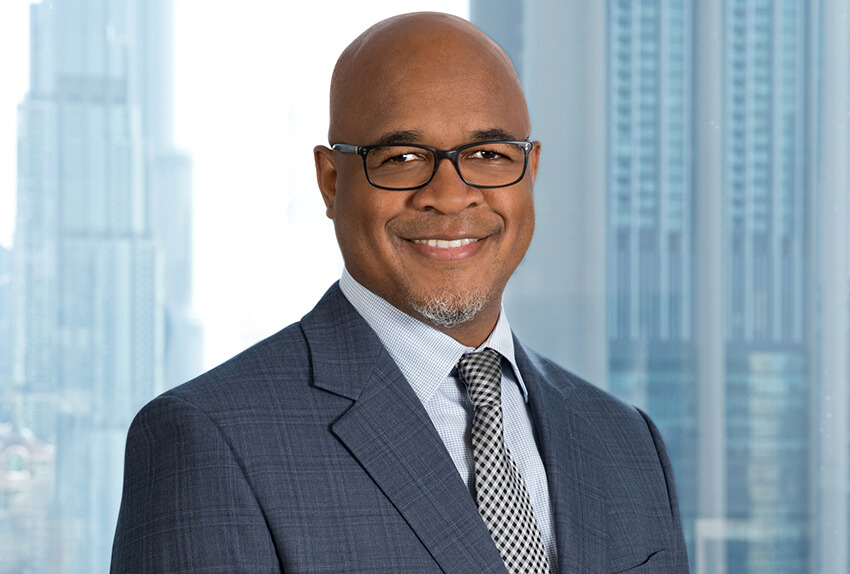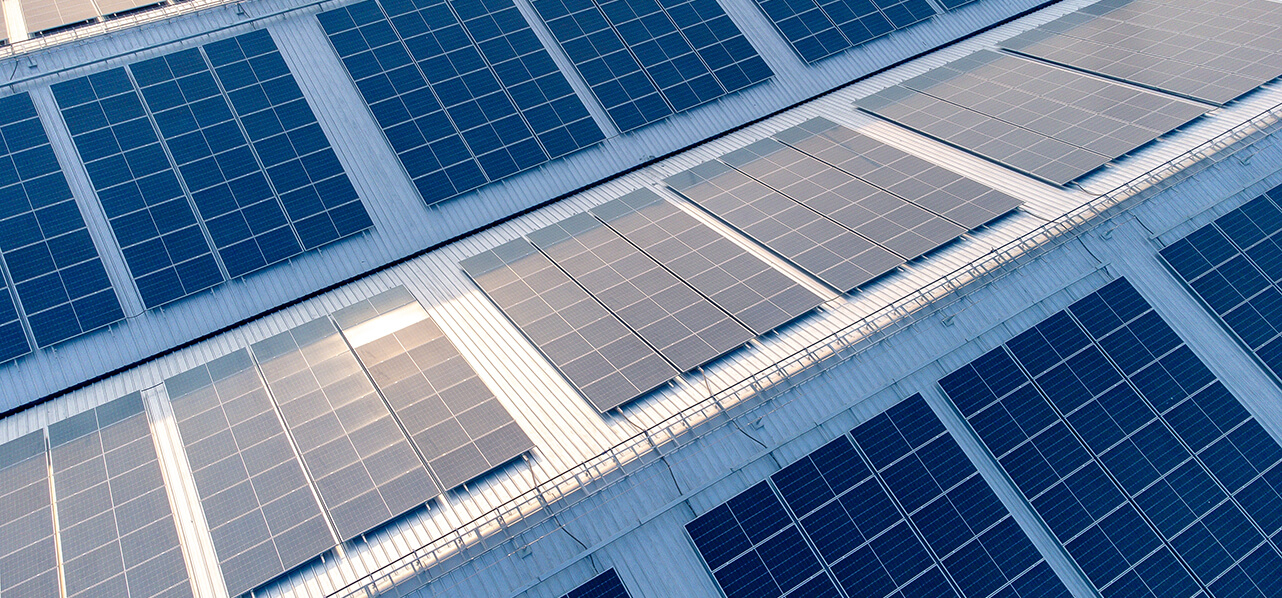Partner London
"Over the last few years, metals and minerals prices have not generally had the positive run that might have been expected given a global economy promoting a drive to net zero carbon."
As we discussed in our recent podcast series,¹ the hurdles to a just and equitable transition are many and varied but they clearly include financing the mining and minerals sector. We’ve also recently written about ESG issues in the sector, deep sea mining² and the EU’s Critical Raw Materials Regulation.³
In this article, we consider the state of mining finance as it is now and what can (and perhaps cannot) be expected in terms of supporting or facilitating financing the accelerated extraction and production of minerals (critical or otherwise) required to meet the COP28 ambition for a just and equitable transition.
Over the last few years, metals and minerals prices have not generally had the positive run that might have been expected given a global economy promoting a drive to net zero carbon. This includes those, such as nickel, classed as strategic or critical, as well as others, such as iron ore, that are less relevant to COP28 ambitions but nevertheless a necessity in a continually developing world economy. The causes are varied and to a significant extent depend on the specific product. To name four possible causes of more general application: the global economy, uncertainty over China’s economic outlook, wars in various parts of the world and a lack of clarity as to whether governments will, through a COP or otherwise, back one type of transition “solution” over another.
Against that backdrop, it is not surprising to find that financing mining projects is challenging. The range of funding mechanisms deployed is as varied as the types of mines being developed. Over the last few years, for example, WFW has advised on transactions involving an early-stage gold project development being financed using a combination of convertible loan notes and commercial bank debt, the acquisition of an operational zinc, lead and silver project using pre-payment agreements, a private equity investment in a European zinc project and the sale of a cobalt stream.⁴ Indeed, some transactions are simply too large or complex to enable traditional funding sources to be applied until after construction completion of both the mine and the related infrastructure (such as rail and port infrastructure or access to water supply).
Early-stage financing
Funding sources for early-stage projects have historically included pre- and post-IPO ordinary equity investment from both fund and retail investors, as well as private equity with preferred equity structures. We have seen less of this more recently given the state of the markets, and sponsors have necessarily developed more complex products to progress their projects. We now regularly see specialist funds providing finance in the early stages, sometimes equity, sometimes debt with a convertible element and often a highly structured hybrid or mix of the two.
Such funding is typically expensive and comes with significant management controls, although the stringency of such controls varies with the experience of the development team, the level of involvement desired by the investor and the product. Once the project has passed the development risk stage (for example, when the extent of the reserves is reasonably clear and the key land rights, permits and licences have been obtained), production-linked finance and project finance start to become available. Both the sponsor and the investor will therefore take care in structuring any early-stage financing to consider the ongoing funding needs of the project and the extent to which future funding will either need to co-exist with the equity investors or take them out entirely.
"We now regularly see specialist funds providing finance in the early stages, sometimes equity, sometimes debt with a convertible element and often a highly structured hybrid or mix of the two."
The overall financing needed for mining projects, particularly during construction and ramp up phase of production, is now much less likely to be a combination of straight equity and straight project finance and much more likely to require a more complex combination of equity and hybrid equity instruments (and other less traditional sources of equity) for the equity portion, alongside project finance, equipment finance and production-linked financing for the “debt” portion (also from more non-traditional sources).
Production-linked finance
Long term production-linked arrangements are attractive to traders where prices are stagnant at the time of contracting but are likely to rise over the long term. One might imagine, in the light of COP28 ambitions, that this rise seems more likely to occur in the shorter term, levelling off in the longer term as supplies are increased. However, the long lead times for projects, including in relation to permitting, equipment sourcing and securing a full package of long-term funding, mean that the scope for mismatch between demand and supply – and hence longer-term price volatility – remains material.
Production-linked financings can operate as the sole source of financing for a project or may come alongside other production-linked arrangements, project financing, equipment financing and equity investments. Where the trader providing them is itself using bank debt to fund the agreement, the documentation often looks very similar to a project financing and we frequently see the offtake agreement and the prepayment facility separately documented to facilitate this. In any event, the various financiers need to consider their intercreditor relationships and the ability to adjust the financing package as and when the project requires further funding or market conditions change.
Project Finance
Project finance remains the primary form of financing for larger projects in the mining sector once there are contractual or physical assets against which to secure the debt. For mining projects, project finance typically requires (potentially expensive) sponsor support until the major elements of any construction work are completed and whilst production is ramping up, as well as a degree of certainty of offtake revenues and often additional political and commercial risk mitigation in the form of export credit agency or similar insurances and guarantees.
Development finance institutions and direct-lending export credit agencies offer support which provides longer tenors, political and commercial risk protection, lower interest rates (sometimes) and facilitates appropriate development of the ESG credentials; however, their processes can be slower than a commercial bank, family office or specialist debt fund, exposing the project to the risk of costs and the market changing before first drawdown is reached. Consequently, the financing of projects using solely traditional project finance from traditional bank sources is becoming less common and we see an increasing use of mixed financing structures and sources, with attendant intercreditor issues.
In jurisdictions with reasonable levels of domestic liquidity, sponsors may find that a significant amount of the debt can be raised in the local bank market.⁵ This may be helpful as it can mean that the finance product is less complex but it can also throw up unexpected issues in terms of understanding the apparent and real depth of the local bank market and whether in practice the local banks are expecting to syndicate to (or source their funding from) international banks, in which case a potentially more rigorous and traditional documentary regime may be required than is originally proposed by the domestic banks.
Key contacts
Partner London
Partner London
Partner Dubai
Partner London
"In jurisdictions with reasonable levels of domestic liquidity, sponsors may find that a significant amount of the debt can be raised in the local bank market."
Intercreditor arrangements
In any financing with more than one creditor, intercreditor issues arise. In mining projects with multiple types of creditor and multiple types of credit product, the issues can become complicated very quickly. Managing the intercreditor arrangements around ranking pre- and post-default, unsecured creditors, shared security, enforcement processes and prepayments (both in the ordinary course of the project’s operation and when something out of the ordinary happens) therefore requires careful consideration.
The future
We hope to see work among stakeholders ahead of COP29 that would look to reach consensus on the development of a coordinated global approach among developed countries to provide the political and commercial risk absorption as well as facilitating the early-stage funding required to get the many and varied projects required for transition into production.
On funding the later stages of a project, particularly for critical minerals, the provision of third-party debt, by way of production-linked arrangements, project finance and variations on the same, seems likely to be addressed in part by an increase in state-backed political and commercial risk absorption. This is because it seems likely that, for critical minerals at least, we will see an increase in governments motivating their respective financing sectors to take that responsibility as part of that government’s desire to secure access to the relevant raw materials (notwithstanding that COP28 did not reach a consensus on how the transition should be funded, nor whether developed countries should be required to source metals responsibly).
In addition to traditional export credit support provided by many countries, a handful of countries, including Germany,⁶ Finland and Japan, provide such protection to lenders funding the production of raw materials to be used in such country’s domestic manufacturing industry. This support (often described as an untied loan guarantee) is available to a wide range of creditors, including traders providing production-linked financing,⁷ and a wide range of commodities and projects: this is a key pillar of those countries’ strategies for securing access to the relevant raw materials. We should expect to see more export credit agencies offering this type of product as their governments look to bolster their access to raw materials.
All of that will be academic, however, if the gap in funding at the initial equity stage is not resolved. That is what is mostly likely to prevent enough projects across the range of relevant strategic and critical metals and minerals reaching production to meet COP28 ambitions. It remains to be seen whether the general consensus on transition, taken with countries’ inherent desire to protect their own access to resources, will also lead to support for equity investors against political and commercial risks (beyond, for example, bilateral investment treaty arrangements) and provide a practical (and affordable) way to enable investors to satisfy the demands of their own stakeholders as to the ability of an individual project and its host country to meet just and equitable transition requirements as well as the existing array of ESG requirements. Perhaps more controversially, will governments have to step in (or step up) as investors to help fund projects enabling them to meet their own net zero carbon ambitions if the existing markets are insufficient? After all, similar considerations have been given to infrastructure development following the financial crisis.
"It remains to be seen whether the EU’s proposed critical raw minerals regulation will simplify or further complicate this situation."
We have already witnessed unilateral policies such as the Inflation Reduction Act in the US and the EU’s carbon border adjustment mechanism, both of which seek to promote energy/carbon efficient industrial processes and support internal industry in the process. However, with governments or government blocs such as the EU, acting unilaterally like this there is the potential for an adverse impact on the COP28 ambition for transition to be just and equitable. The carbon border adjustment mechanism deters EU businesses from buying refined or processed product from developing countries that are less able to implement energy efficiencies into their industrial processing and incentivises them to buy unrefined product, reducing the opportunity for that developing country to diversify its economy and extract more value from its raw materials. It remains to be seen whether the EU’s proposed critical raw minerals regulation will simplify or further complicate this situation.
Conclusion
Financing mines and minerals has always been and remains a challenge. The “old” reasons of remote locations, difficult ground and weather conditions, ESG concerns, political upheaval and market exposure remain as much of an issue now as ever. The “new” reasons of geopolitical risks, import concentration, political alliances and conflicts, whole-supply-chain visibility and control and harder-to-access ores are not really new, but they are more clearly seen and attracting a much higher degree of attention.
Without a global approach to solving the financing problem of mining and minerals, COP28’s ambitions will be very hard to meet but it does seem likely to be on the agenda for COP29 that faster and more robust solutions must be found.
[1] Countdown to COP: Financing and Fuelling the Future podcast series
[2] Deep seabed mining insights: the rights of sponsored contractors under the UNCLOS regime
[3] Critical Raw Materials Act: crystallisation of commissions proposal
[4] Read about some of these and other transactions we have been involved in:
Amaroq Minerals – Debt Financing Closing
WFW advises Guinea as US$15bn Simandou Project core documents signed
WFW advises SCM on Bolivian mine acquisition financing
WFW advises Celsius Resources on first 2023 AIM listing
WFW advises Altamin on A$96m appian funding for Italian Gorno project
[5] WFW advises Chaarat on Kapan reverse takeover and debt financing
[6] Mining in Germany – Latest developments
[7] Trafigura signs USD3 billion loan agreement guaranteed by the Federal Republic of Germany to secure gas supply
Key contacts
Partner London
Partner London
Partner London
Partner Dubai
Partner London








